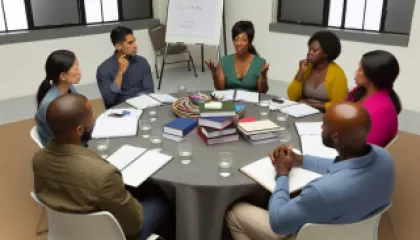Imagine standing at the edge of a serene loch, the water reflecting the vast, open sky. That's the sense of peace and clarity I aim to bring into our sessions together. I'm Stewart Maccallum, and over the past 17 years, I've dedicated my life to helping individuals navigate through their most challenging times. My belief in the transformative power of therapy, coupled with a deep-rooted faith in the potential for positive change in everyone, guides my approach.
My work is deeply influenced by the rugged beauty and resilience of the natural world around us. I have found that incorporating the benefits of nature into our discussions can serve as a powerful metaphor for growth and renewal. It's a reminder that even the harshest winters give way to the rebirth of spring. This perspective shapes my approach to supporting individuals through grief, helping them find a path to peace and acceptance amidst the pain.
Perfectionism is another area I'm passionate about. In today's fast-paced world, where the pressure to perform and be flawless is omnipresent, I strive to create a space where you can embrace your imperfections. It's in these imperfections that our true beauty and strength lie. Together, we'll explore strategies to overcome the paralysis that perfectionism can cause, enabling you to live a more balanced and fulfilling life.
What sets me apart? It's my unwavering optimism and belief in the capacity for change. I see therapy not just as a process of healing, but as an opportunity for profound personal growth and understanding. Whether we're sitting across from each other in the warmth of my office, or taking a walk outside to connect with nature, my goal is to provide you with the tools and insights needed to navigate life's challenges.
I understand that reaching out for help can be daunting, but remember, it's also the first step towards a brighter future. If you're seeking a companion to guide you through the complexities of grief, the pressures of perfectionism, or simply to rediscover the joy of being in nature, I'm here. Let's embark on this journey together, forging a path towards healing and self-discovery.
Together, we can uncover the strength and resilience that resides within you, just as the mightiest oaks grow from the smallest acorns. I look forward to walking this path with you.








